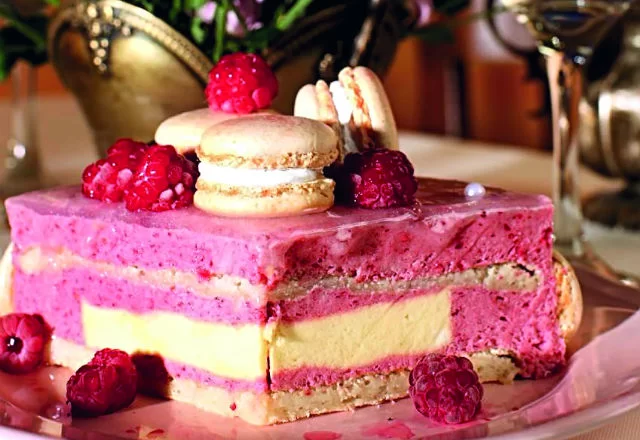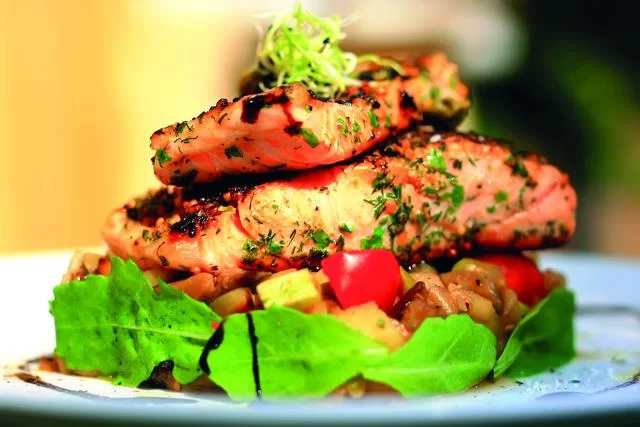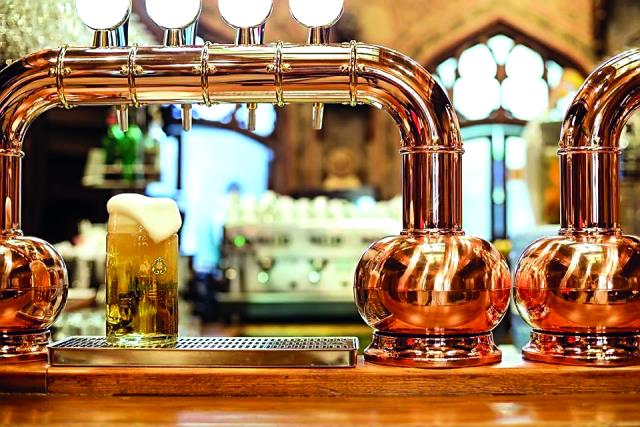In Bucharest, known as the jewel of Romania, captivates with its combination of Parisian sophistication with the somber picture of war and communist period. We took advantage of its still… low prices and got lost in its huge boulevard! Many people get confused between the capitals of Romania and Serbia, namely Bucharest and Belgrade. This is what happened to me every time the company's travel concerns revolved around the new age profile of the Balkan region. A little like many European cities, there is plenty of charm to go around.
The sunsets in winter seem hazy and "sketched" in the foggy outline the city is formed in front of your eyes. Passing the Romanian version of the Arc de Triomphe and the imposing embassy and not only villas, which stretch along the most expensive district of the city, Kiseleff, we now enter the interior of Bucharest. The extensive devastation left behind by World War II and later the communist regime may have deprived many of its beauty, but the elegant belle epoque buildings - some deserted and others well-preserved -, the exemplary roads, the lush parks and the squares, the modern shops with huge neon signs that coexist with shops with old-fashioned clothes and traditional items, compose a scene full of charming contrasts.
In a few words; A city that is especially felt that it is still trying to overcome its political wounds, reflects a perfect marriage of dazzling Parisian-style glamor (hence the nickname "Paris of the East") with the "melancholy" image of the post-war period. However, it is being restored from end to end, something that will surely soon launch its place in the gold list of Balkan destinations, and of course what better way than to take advantage of its still… low prices because of Covid. Please refer to Clickstay villas/holiday rentals for some end of summer suggestions.
Revolution Square
Our eyes are immediately drawn to the Piata Revolutiei (Revolution Square), one of the largest and most historic squares, as this is where the revolution against the Ceausescu regime began and here dominates the Stalinist architecture of the Ministry of the Interior, which housed the Central Committee of the Communist Party, from which Ceausescu delivered his last speech on December 21, 1989. To the north of Piata Revolutiei lie the richest neighborhoods of Bucharest with refined apartment buildings with lofts and elevator mansions, such as those of Paris.
National Gallery
Impressive is the building of the National Gallery, which houses the wing with works by European artists (Monet, El Greco, Rembrandt) and the one with works by renowned Romanians such as Grigorescu and Andreescu.
Info: Open Wed.-Sun. 10: 00-18: 00. Entrance 15 lei. Calea Victoriei 49, T. (+4) 021.313.30.30, www.mnar.arts.ro
Herastrau Park
Must do a break in the largest park of the Romanian capital, Herastrau, which since 1936 has been a vast expanse of greenery where locals and visitors, weather permitting, can enjoy a leisurely stroll, boating or canoeing on the communicating lakes and its an island to cyclists (it has a bike path), have a coffee in the park hangouts or visit the open-air Village Museum, which houses architectural samples from all over Romania.
Info: Hours at muzeul-satului.ro. Entrance 15 lei. 28-30 Kiseleff Blvd., 1st District, tel. +40 213179103
 |
| Romanian parliament |
Zexe

Among the top in the gastronomic scene of Bucharest is the restaurant Zexe, which stands out with its romantic floral hall, and where the always smiling Robert (he also knows Greek!) Was there to talk to us about the gourmet Romanian specialties that landed on our table. , from the duck with the braised onion to the tray with the sweets at the end. As for drinks… I preferred to be left in the sweet dizziness of a palinka (local tsipouro), which is the national drink of Romania.
Beca's Kitchen

Equally delicious dishes, which combine creative cuisine with the Romanian tradition, I tasted at the famous Beca, against the backdrop of a casual setting. Must taste pies and tarts.
Caru cu Bere

It may have become a tourist attraction, but one night in the city's oldest brewery, Caru cu Bere, is a must to miss with its magnificent Gothic church setting and blend typical Romanian cuisine such as sarmale (cabbage stuffed with minced lamb) and mititei (sausages without skin) with a rich variety of beers. You will easily find it almost opposite the church of Stavropoleos.
Grand Cafe Van Gogh
For a hot wine with fruit or tea it is worth passing by the Grand Cafe Van Gogh in the Lipscani district. You will love it together with its local guests for the aura of time that exudes under the mansion that houses it, its kind staff (it is not the most common to meet smiling Romanians…) and its artistic personality with copies of his works great painter.
Tips
- Taxi drivers will not hesitate to ask you for even three times the amount of the listed fare. Spoil your lei in small pieces or banknotes and give exactly what the taximeter shows and nothing more! In fact taxis are so cheap that the cost per kilometer is about 1.39 lei!
- In case you are a large group, prefer to rent a mini van, which will take you to and from the airport (since there is no metro or train), but also on out-of-town routes at advantageous prices.
- If you have time, it is worth taking a tour of the city to see its castles, such as Bran Castle (known as the castle of Count Dracula).
- It is worth getting the Bucharest Card online (for 24/48/72 hours), which at a low cost will offer you direct and economical access to museums and beyond.


